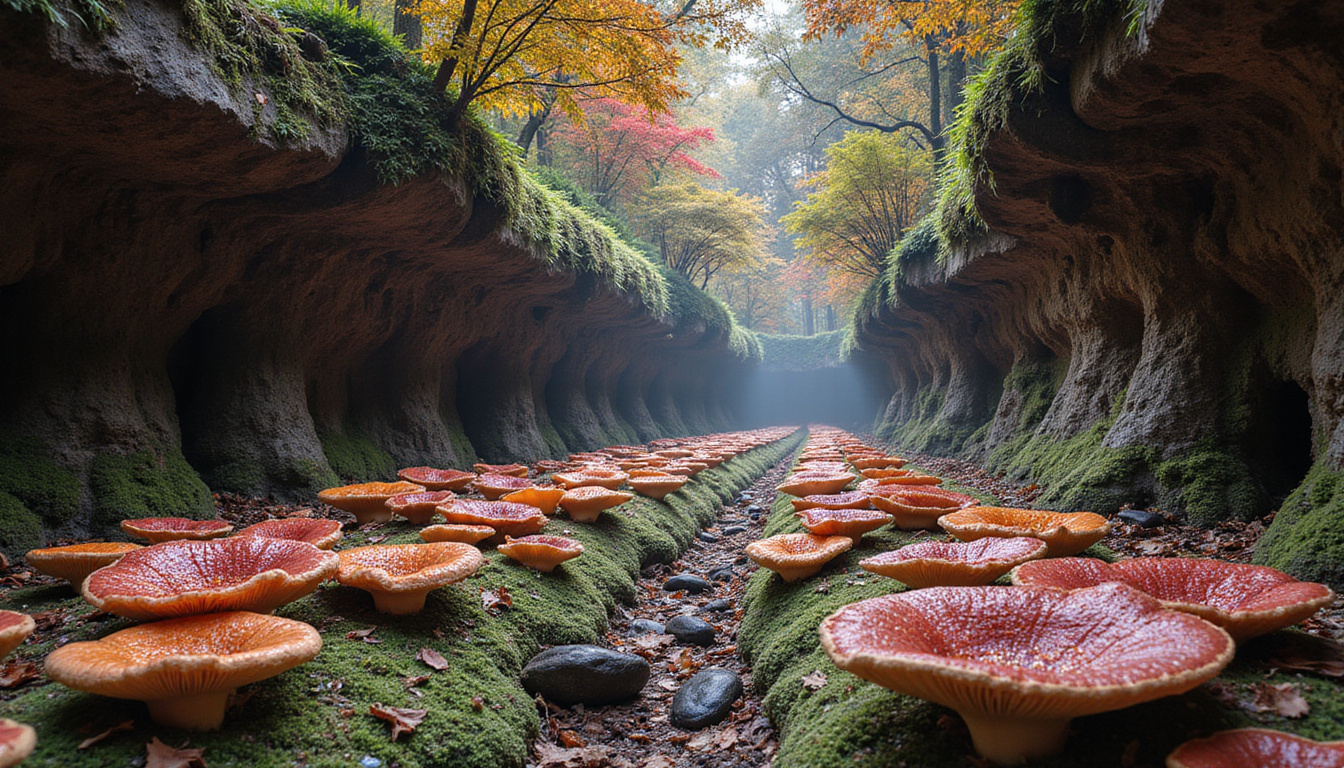Truffle cultivation is popular among gourmet chefs, aspiring farmers, and luxury food fans.
Truffles—celebrated for their rich, earthy scent and tasty flavor—are prized fungi that grow underground alongside tree roots.
If you want to begin or boost your truffle farming efforts, you must first know the key methods and best practices.
This article gives clear truffle cultivation tips for a successful underground harvest.
It helps you boost yields, improve quality, and turn your land into a profitable truffle haven.
Understanding Truffle Cultivation: An Introduction
Truffle cultivation means farming these underground fungi.
It requires an environment that helps them grow.
Unlike regular crops, truffles need very specific host trees, soil, and climate.
They demand time and care, often taking years to produce harvestable fungi.
With proper planning and care, you can grow high-quality truffles and keep a lasting, fruitful orchard.
Key Factors for Successful Truffle Cultivation
1. Selecting the Right Truffle Species
First, you choose a truffle species that suits your region.
The main types include:
-
White Truffle (Tuber magnatum):
Highly prized; it grows mainly in Italy and parts of France. -
Black Winter Truffle (Tuber melanosporum):
Known for its robust taste; it adapts well to cultivation. -
Burgundy Truffle (Tuber francisii):
Gaining popularity; it suits cooler climates. -
Summer Truffle (Tuber aestivum):
Easier to grow; it matures faster.
Choosing the right species fits your local soil and climate close by.
2. Preparing the Soil Environment
Good truffle growth depends on healthy soil.
Well-drained soil stops water from sitting around roots.
Slightly alkaline soil (pH 7.5–8.3) is best.
Low to moderate nitrogen levels curb competing fungi and help truffle development.
Test your soil through a trusted laboratory.
If needed, add amendments such as lime or organic matter to improve soil health.
3. Choosing and Planting Host Trees
Truffles live in close partnership with certain trees like oaks, hazelnuts, willows, and poplars.
Choose healthy saplings that come pre-inoculated with truffle mycorrhizae.
Plan your planting carefully:
- Plant during the dormant season.
- Place trees 3 to 5 meters apart for proper root spread.
- Water sufficiently during early growth.
Best practices for planting:
Keep trees healthy by following seasonal timing, spacing, and proper watering.
4. Implementing Proper Maintenance Practices
Farming truffles requires steady soil care and regular work.
Irrigate the soil to keep it moist during dry spells.
Frequently remove weeds to cut competition.
Loosen roots by aerating compacted soil.
Each step ensures that the dependent factors of growth stay close and strong.
5. Patience and Proper Harvesting Techniques
Truffle farming is a slow process.
Expect to wait 5–10 years before you can harvest mature truffles.
Watch for signs like size and aroma that show the truffles are ready.
Trained dogs or pigs can help find truffles without harm.
Practical Tips to Maximize Truffle Yields
These tips can increase your success:
- Keep soil pH stable:
Regular testing and adjustments make conditions right. - Use inoculated seedlings:
Stick with certified plants to boost mycorrhizal ties. - Control irrigation:
Avoid too much water to prevent root rot. - Use organic fertilizers lightly:
Too many nutrients can feed unwanted fungi. - Be patient and monitor often:
A close eye on changes can stop issues early. - Create a microclimate:
Mulch and windbreaks protect trees in harsh weather.
Common Challenges and How to Overcome Them
Truffle farming can present hurdles.
Here are some common issues and how to solve them:
-
Poor Truffle Formation:
Bad soil or the wrong host trees may cause issues.
Test your soil and select the proper trees. -
Low Yields or No Harvest:
Inadequate inoculation or young trees can cause problems.
Follow the correct inoculation steps and allow trees time. -
Pests and Diseases:
Keep a close watch and use organic treatments to prevent harm.
Truffle Cultivation Checklist: Your Path to Success
Here is a simple checklist for a fruitful underground harvest:
- Choose the truffle species that suit your region.
- Test your soil and amend it as needed.
- Plant inoculated host trees during the dormant season.
- Begin a routine for watering and weed control.
- Monitor tree health and soil conditions.
- Be patient—truffle production takes time.
- Use trained animals to help with harvesting.
- Adjust practices as you learn from ongoing results.
FAQs About Truffle Cultivation
Q1: How long until I see a productive truffle orchard?
A1: It usually takes 5 to 10 years from planting to a harvest, depending on species and conditions.
Q2: Can I grow truffles in a small backyard?
A2: Yes, with careful planning, inoculated trees, and the right soil, even small plots work well.
Q3: What factors affect my success?
A3: Success depends on quality soil, the right host trees, proper climate, correct inoculation, and diligent care.
Conclusion: Take the Leap into Truffle Cultivation
Truffle cultivation needs patience, knowledge, and constant care.
With a close-knit approach to soil, tree selection, and best practices, your underground harvest can thrive.
Whether you are experienced or new, these clear truffle cultivation tips can guide you to success.
Start planning today, and soon you may harvest some of the world’s most prized fungi.
Your underground treasure awaits!

Leave a Reply